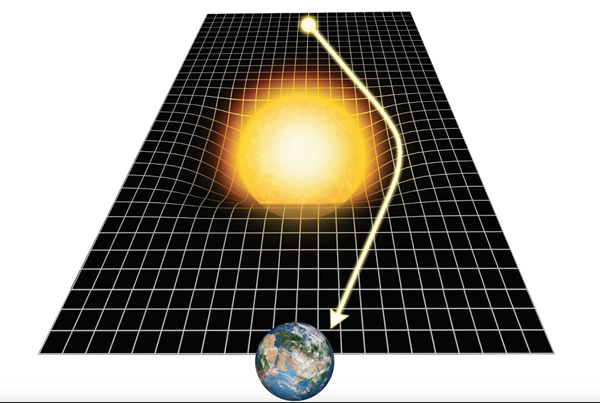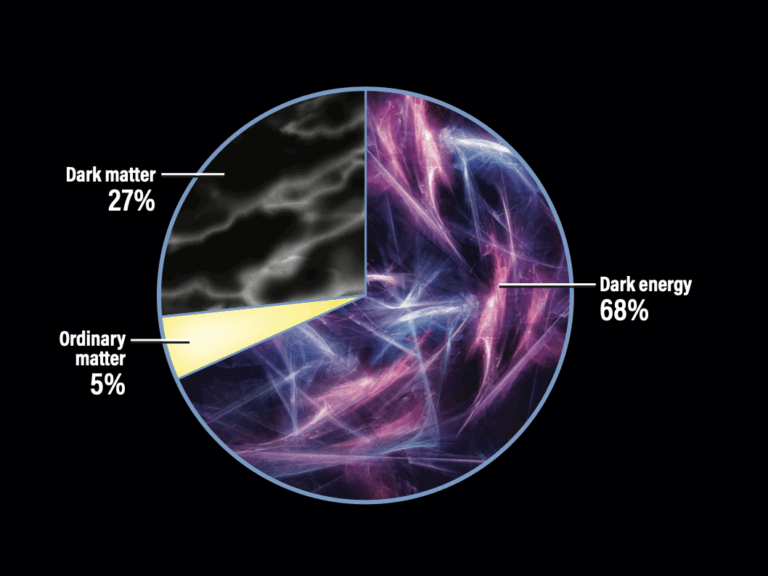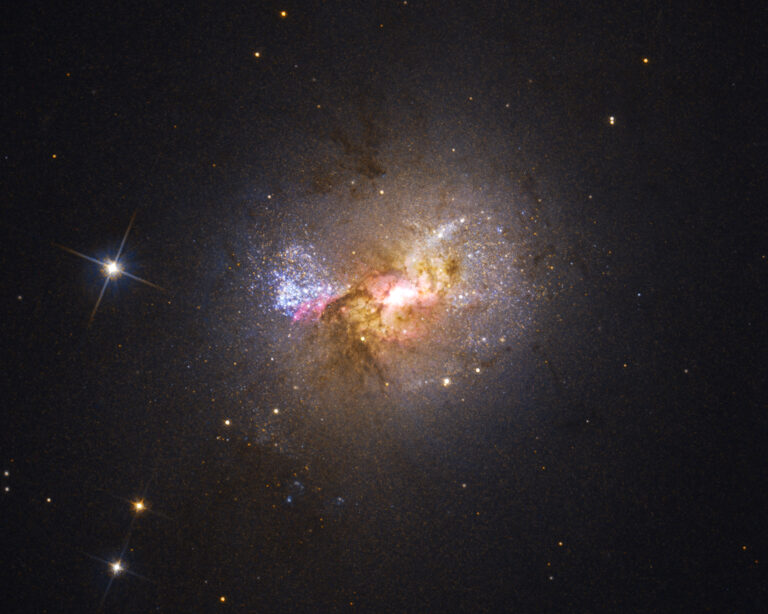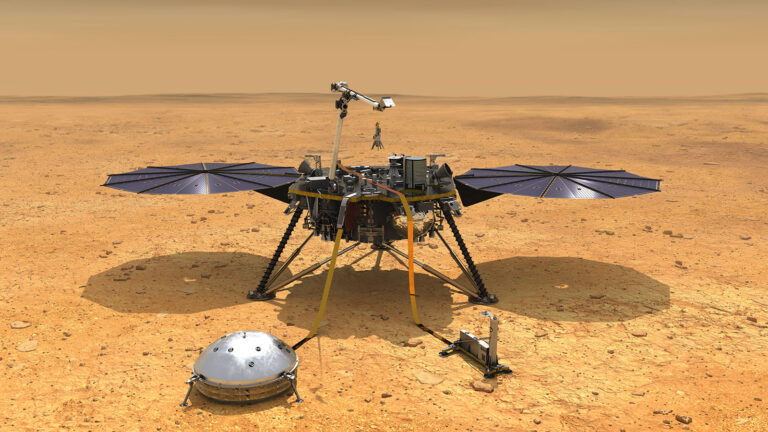Key Takeaways:
- Massive objects warp the space-time around them.
- The greater the mass, the greater the warping of space-time.
- Light bends near massive objects because it follows curved space-time.
- Gravity doesn't directly pull on light; it's the warped space-time that causes light to bend.
Imagine a bowling ball on a mattress. The ball is a massive object — say, the Sun — and the mattress represents space-time, in which it sits. (Of course, space-time is four-dimensional, but it’s a bit harder to imagine that!) When you place the bowling ball on the mattress, it deforms the surface. If a grid were drawn on the mattress, you would see the grid deform, so the straight lines of the boxes were no longer straight. The same is true for a star sitting in space-time — the star deforms space-time around it, causing it to curve toward the star.

Bringing the universe to your door. We’re excited to announce Astronomy magazine’s new Space and Beyond subscription box – a quarterly adventure, curated with an astronomy-themed collection in every box. Learn More >>.
Now imagine a marble; this represents a photon. If you roll the marble in a straight line on the mattress and it comes too close to the bowling ball, the marble will curve because the mattress it’s traveling on dips and curves around the bowling ball. This is what happens to light traveling through space: When it comes too close to a massive object, it encounters warped space-time and curves not because it’s being pulled by gravity, but because the space-time it’s traveling through is curved, so its “straight” path becomes a curved, bent one.










